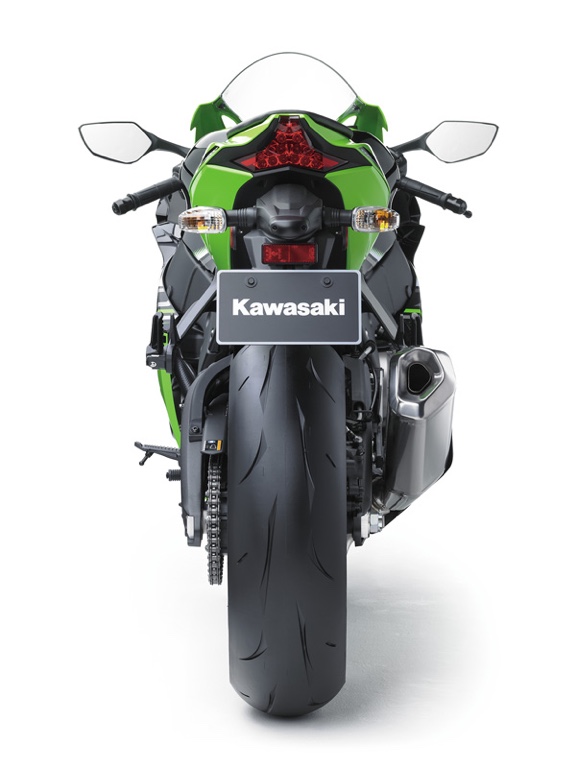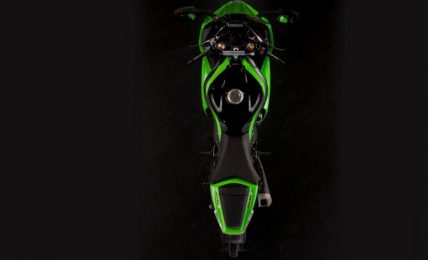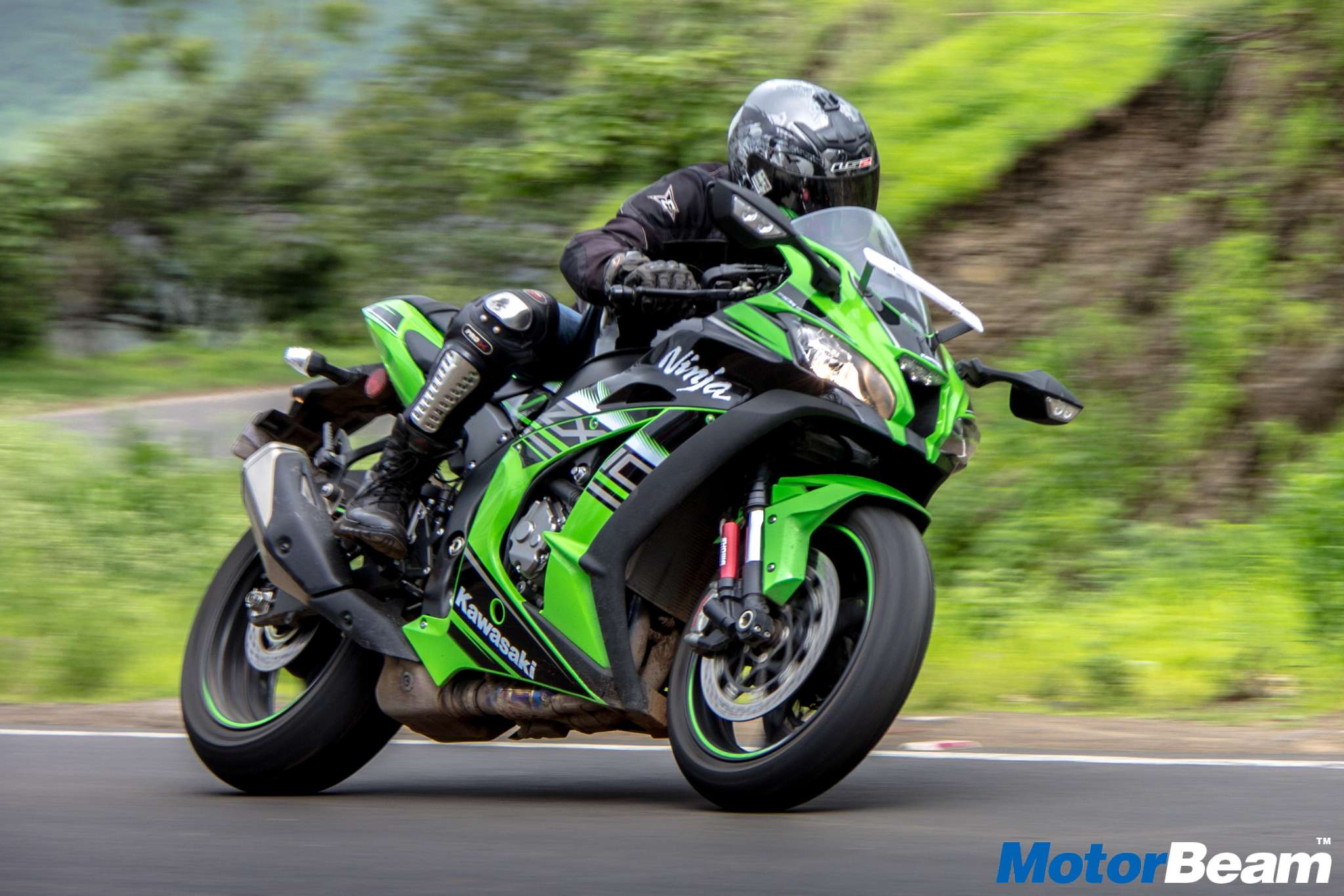Kawasaki has given the Ninja ZX-10R a comprehensive update, with the superbike getting better components and improved technology to take on the growing competition in the litre-class segment.
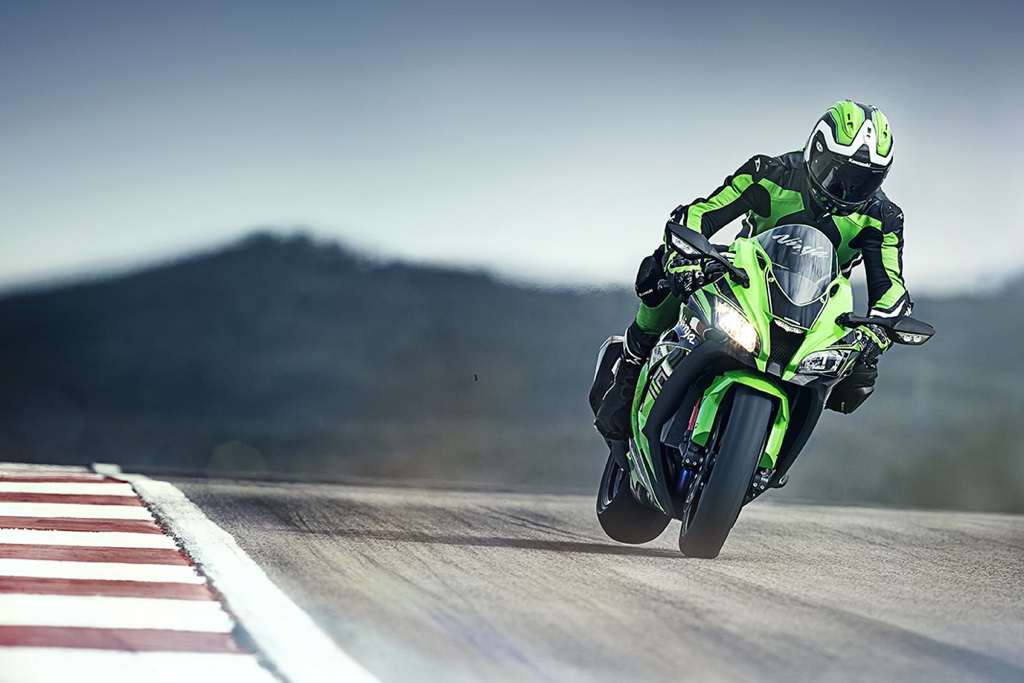
One month ago, Kawasaki revealed a teaser image of the upcoming 2016 ZX-10R and stated that it will have few upgrades. After collaborating with their WSB factory team and former world champion Tom Skykes, the heavily updated 2016 Kawasaki Ninja ZX-10R is here to compete with its rivals from Yamaha, BMW and Aprilia. Kawasaki states that this is the closest thing to a factory superbike and why won’t it be? After a lot of R&D put in by Kawasaki, the 2016 Ninja ZX-10R uses high-end components to make it even faster than ever before.
Engine – The revised engine of the Ninja ZX-10R now uses a new cylinder head and a crank that has reduced the weight by 20%, thereby reducing the inertia and letting it spin even faster. The intake ports have been re-designed and made straighter to improve air/fuel mixture flow into the combustion chamber. Moreover, the pistons are shorter by 1.5 mm and lighter by 5 gms but have thicker walls for improved cooling. Kawasaki said that the improved crank design would not only develop more power but also majorly help in acceleration, de-acceleration and cornering capabilities.
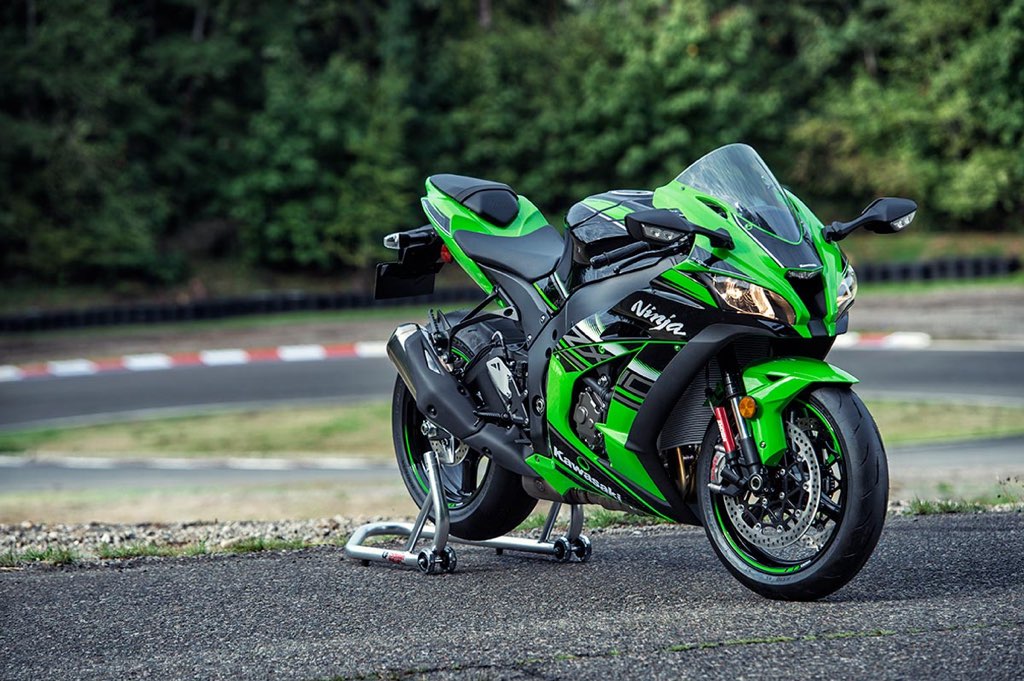
The exhaust ports and valves are now wider with titanium intake valves and revised cam profiles for top-end power. With new electronic throttle valves, Kawasaki says that the traction and launch control will be more precise. The engine strictly follows Euro 4 emission norms. Other changes include a 2-litre larger airbox that is placed more towards the front to draw more air and uses ram-air intake that gives the engine more power. The 2016 Kawasaki Ninja ZX-10R now produces 210 PS (with ram-air) at 13,000 RPM and 113.48 Nm of torque at 11,500 RPM.
The exhaust has also played a major role in shedding the weight of the litre-class Ninja. The exhaust headers are now wider and made of titanium, which has reduced the weight by a large percentage. The silencer is a bit long in shape and made of titanium as compared to the stainless steel one (available in the current model) and is much better than the current short twin port unit. There are three catalysers that do their job to keep emissions down. The system also gets hydroformed header collectors.
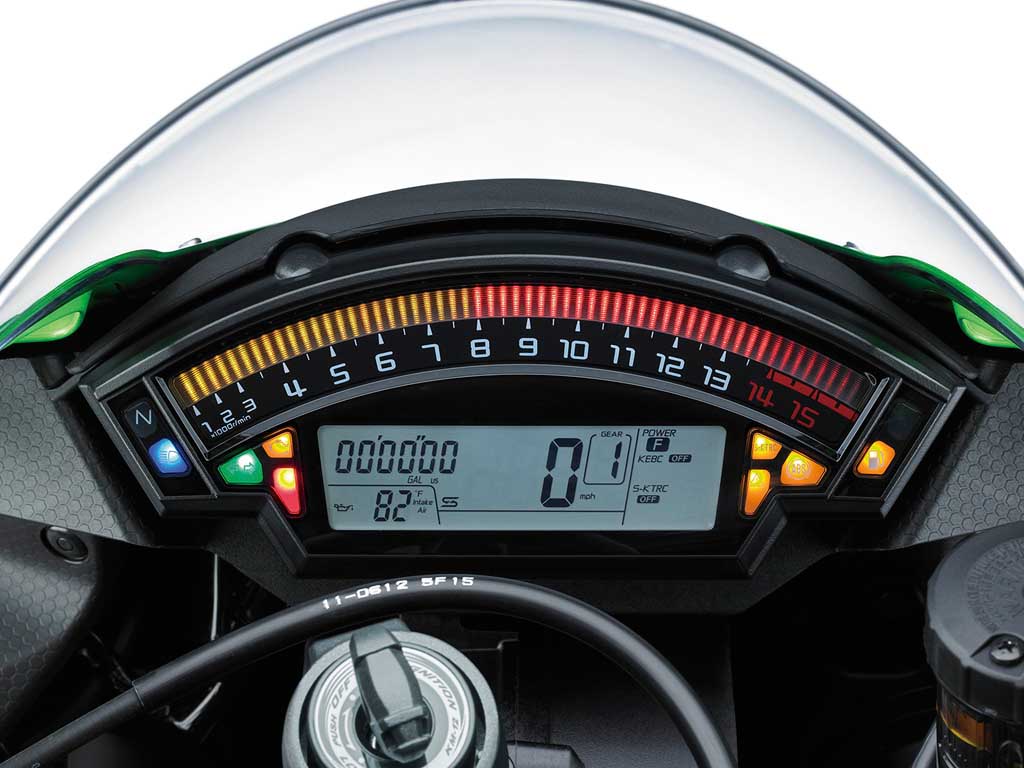
Electronics – The 2016 Kawasaki Ninja ZX-10R now gets top of line electronics, somewhat similar to its rivals, the Yamaha R1 and Aprilia RSV4 RF. It gets an inertial measurement unit from Bosch (IMU), which operates through 5 measured axes and calculates data such as lean angle, acceleration, de-acceleration, etc. Other new electronic systems include the all-new Sport Kawasaki Traction Control System (S-KTRC), Kawasaki Launch Control Mode (KLCM), Kawasaki Intelligent Anti-Lock Braking System (KIBS), Kawasaki Quick-shifter (KQS) and Kawasaki Engine Brake Control (KEBC). The bike gets a quick-shifter as standard.
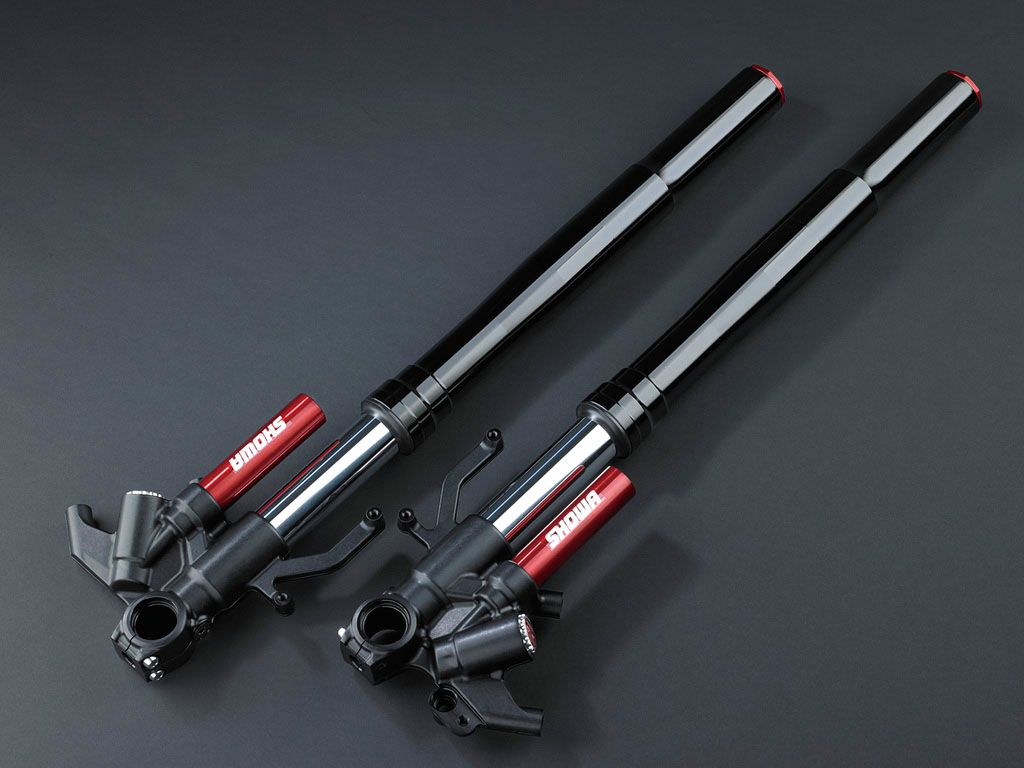
Suspension & Brakes – The front suspension is extensively worked on and developed jointly by WSB factory team and Showa. One of the main differences you will notice in the 2016 Kawasaki Ninja ZX-10R is the front suspension. The 43 mm USD forks now have nitrogen filled gas canisters at the bottom. These balance free forks have independently adjustable rebound and compression damping. Kawasaki says, the front-end feel is improved after providing independent Nitrogen gas cans for better corner entry and stability under hard braking.
At the rear, Kawa uses a firm monoshock Showa Balance Free Rear Cushion (BFRC). Brakes have been upgraded to the top of the line ones provided by Brembo. The front uses Brembo M50 cast aluminium monoblock callipers whereas a single piston calliper stops the rear wheel. Kawasaki now uses conventional round discs for the 2016 model instead of the petal ones that are available in the current generation Ninja. The front and rear use steel braided lines as well.
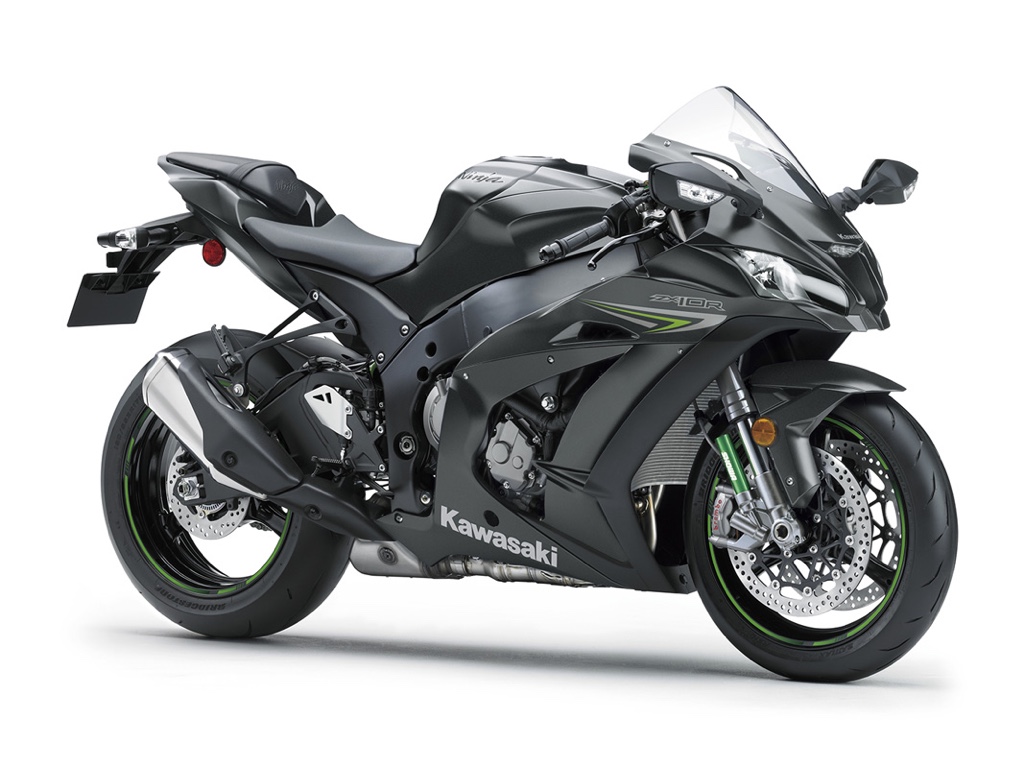
Styling, Chassis & Price – Well for the most part, people would say the new model looks somewhat similar to the previous generation. But look closely and you notice the rear has been completely changed. The indicators have been separated from the tail light and mounted to the rear fender. The tail looks much sharper now. Alloys remain somewhat the same but the front cowl has been tweaked as well. The 2016 Ninja loses the sharp ends as on the current model. The windscreen also gets support of the fairing and vibrates less now.
The chassis has been redesigned and the swingarm has been made longer by 15.8 mm, helping to put more weight to the front for better corner entries and stable braking. The 2016 Kawasaki Ninja ZX-10R will arrive in four variants. The standard one costs $14,999 (Rs. 9.71 lakh) for the non-ABS and $15,999 (Rs. 10.36 lakh) for the ABS variant. There also exists a special edition known as the KRT edition that costs $15,299 (Rs. 9.90 lakh) for the non-ABS and $16,299 (Rs. 10.55 lakh) for the ABS variant. All prices are US based and the updated model will arrive on Indian shores early next year.
